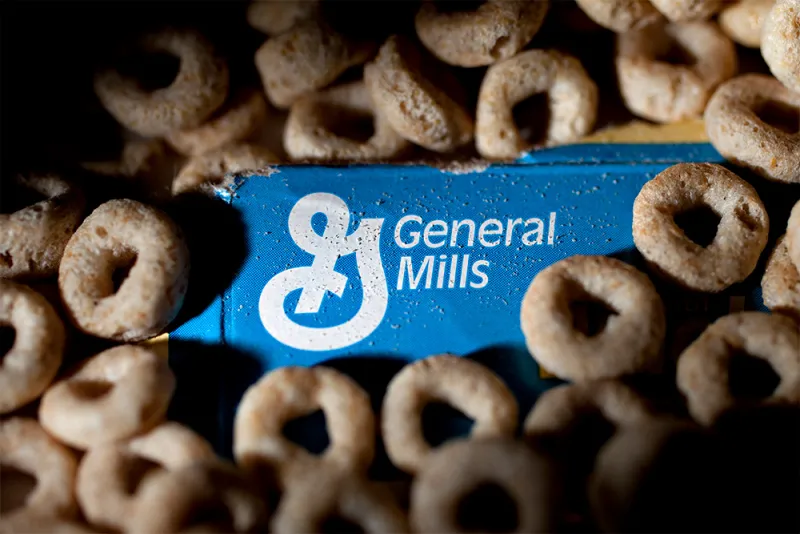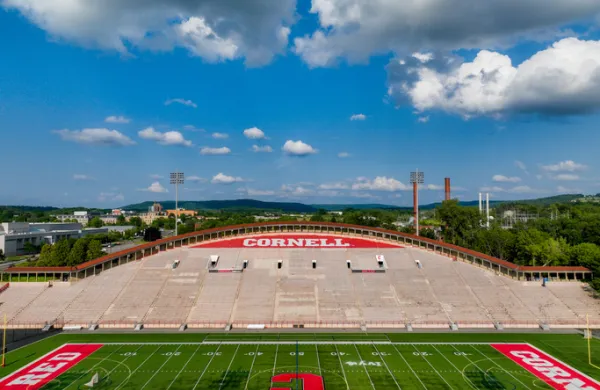Corporate pension funds deserve their day in the sun. And this year, they’re basking in it.
The typical corporate plan has likely returned 20 percent or so in 2019 through the end of September — handily beating out the vast majority of endowments, foundations, public pensions, and the S&P 500 itself — according to Aviva Investors executive Tom Meyers. “We’ve seen very powerful asset returns,” Meyers, whose firm specializes corporate-pension investing, said in a phone interview.
Corporate funds tend be derisively viewed as “boring” in asset management circles, as they’ve shifted en masse to assets like long-duration bonds that move in line with their liabilities, a strategy called LDI.
But there’s nothing boring about their performance.
“It’s looking great so far,” General Mills’s chief investment officer Marie Pillai said in a phone interview. She oversees about $7 billion in pension and health care funds, which were up 11 percent net of fees for the year ending June 30. General Mills trounced Yale’s vaunted endowment (5.7 percent) and all Ivy Leagues except Brown, which gained 12.4 percent.
“I was a little pleasantly surprised,” Pillai said when asked to look at her track record. “My gosh, 17 out of 25 years we’ve exceeded 11 percent.” Over the last decade, General Mills returned 10.8 percent annualized. “I’d be surprised if I’m a special case,” Pillai added.
She is correct, according to Meyers at Aviva.
The typical fund using LDI has about 40 percent in return-seeking assets like equities and alternatives, and 60 percent in long-duration bonds, he told Institutional Investor. The latter category is up more than 21 percent for the year through September, per major indexes. Strong returns have come from “both buckets — bonds being more powerful because interest rates have declined pretty significantly for the year to date. The longer your duration,” Meyers explained, “the bigger the price increase.”
[II Deep Dive: The Traditional Active Manager That’s Awash in Assets]
These tremendous results might get overlooked, because they’re not truly a corporate CIOs’ focus. “Human nature being what it is,” Pillai said, “generally people get excited about the short-term returns or the new and sexy thing that’s going on. In the endowment and foundation world, it’s really important for them to get a lot of alpha. That’s naturally the big shiny object.”
At corporate funds, Pillai went on, “we’ve finally gotten religion.” Their goal: “Make the pension payments without getting more cash from the company. It’s not as sexy.”
Pillai drove General Mills several years ago to “get religion” and move to LDI, matching its assets to its liabilities. “It really was a heavy lift to convince the CFO and investment committee. At the time, you felt as if you might be giving up all of these great returns. But no one would have predicted that rates would drop. In this past year, it’s turned out that we’ve smarts and luck working together.”
CFOs across the country will be cheering the surprising windfall from their pension plans this year. Advocates for LDI have been proven right — and lucky.
Meyers cautioned against getting carried away with these hotshot results. “Over the 10 years that I’ve been working closely with corporate pensions, so many have said, ‘Why should I buy long-duration bonds when I know that interest rates are definitely going up?’ This year shows you why.”
“You’re not running the corporate hedge fund,” he would say to those plans. “You’re stewards of the pension fund. This isn’t an interest-rate guessing game. Which is why — in fact — LDI is not dead.”






